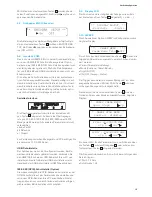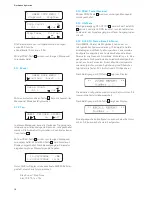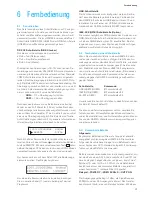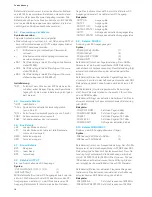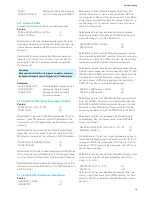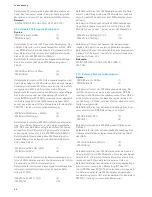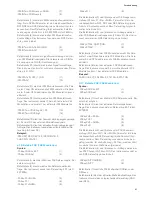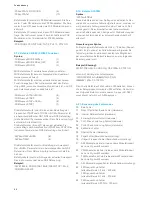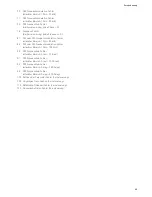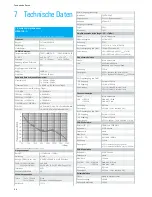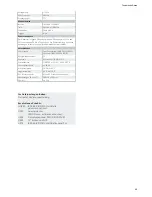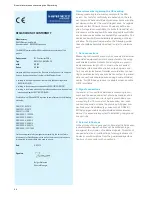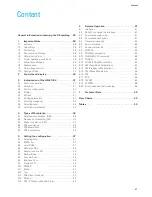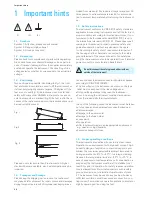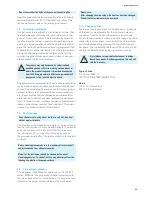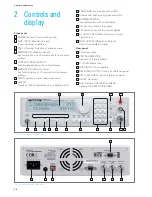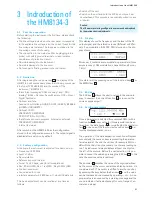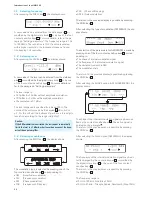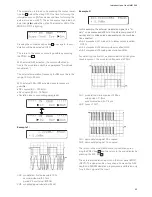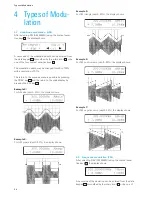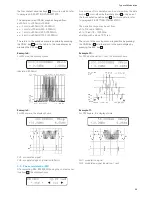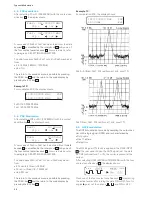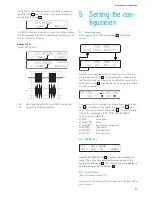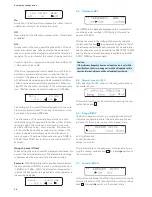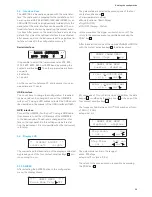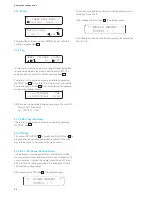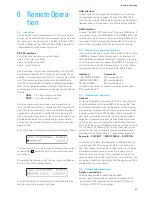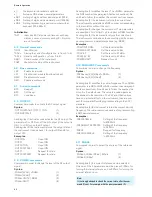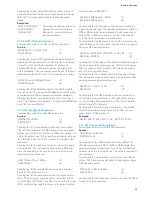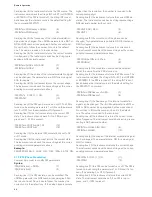
29
Important hints
Specifications with tolerances are valid after a 30 minute
warmup period and at 23 °C. Specifications without tole-
rances are typical values of an average instrument.
1.7 Warranty and Repair
Our instruments are subject to strict quality controls. Prior
to leaving the manufacturing site, each instrument under-
goes a 10-hour burn-in test. This is followed by extensive
functional quality testing to examine all operating modes
and to guarantee compliance with the specified technical
data. The testing is performed with testing equipment that
is calibrated to national standards. The statutory warranty
provisions shall be governed by the laws of the country
in which the product was purchased. In case of any com-
plaints, please contact your supplier.
Any adjustments, replacements of parts, maintenance and
repair may be carried out only by authorized technical per-
sonnel. Only original parts may be used for replacing parts
relevant to safety (e.g. power switches, power transform-
ers, fuses). A safety test must always be performed after
parts relevant to safety have been replaced (visual inspec-
tion, PE conductor test, insulation resistance measurement,
leakage current measurement, functional test). This helps
ensure the continued safety of the product.
1.8 Maintenance
The display can be cleaned using water or a glass cleaner
(but not with alcohol or other cleaning agents). Thereafter
wipe the surfaces with a dry cloth. No fluid may enter
the instrument. Do not use other cleaning agents as
they may adversely affect the labels, plastic or lacquered
surfaces.
1.9 Line voltage selector
The instrument is destined for operation on 115 or 230 V
mains, 50/60 Hz. The proper line voltage is selected with
the line voltage selector. It is necessary to change the fuse
observing the proper values printed on the back panel.
The product may only be opened by authorized and
qualified personnel. Prior to working on the product or
before the product is opened, it must be disconnected
from the AC supply network. Otherwise, personnel will
be exposed to the risk of an electric shock.
Clean the outer case using a dust brush or a soft, lint-free dust
cloth at regular intervals.
Before cleaning please make sure the instrument is switched off
and disconnected from all power supplies.
No part of the instrument should be cleaned by the use of
cleaning agents (as f.e. alcohol) as they may adversely affect the
labeling, the plastic or lacquered surfaces.
1.10 Change of fuse
The mains fuse is accessible on the back panel. A change
of the fuse is only allowed after the instrument was dis-
connected from the line and the power cord removed.
Fuse holder and power cord must not show any sign of da-
mage. Use a screw driver to loosen the fuse holder screw
counterclockwise while pressing the top of the fuse hol-
der down. The top holding the fuse will then come off. Ex-
change the defective fuse against a correct new one.
Type of fuse:
5 x 20 mm; 250V~, C;
IEC 127/III; DIN 41662 (DIN 41571/3).
Value
115 V: 1.0 A slow blow
230 V: 0.5 A slow blow
Please note:
After changing the main volage, the line fuse has to be changed.
Otherwise the instrument may be destroyed.
It is forbidden to repair defective fuses or to bridge
them by any means. Any damage caused this way will
void the warranty.
Do not cover either the holes of the case nor the cooling fins.
Summary of Contents for HM8134-3
Page 47: ...47 Remote Operation...
Page 50: ...50 Flow Charts Flow Charts Function selection Step control Phi Phi Phi...
Page 51: ...51 Flow Charts Amplitude Modulation Control FSK PSK GATE...
Page 52: ...52 Flow Charts Phase Modulation Control FSK PSK GATE...
Page 53: ...53 Flow Charts Frequency Modulation Control FSK PSK GATE...

